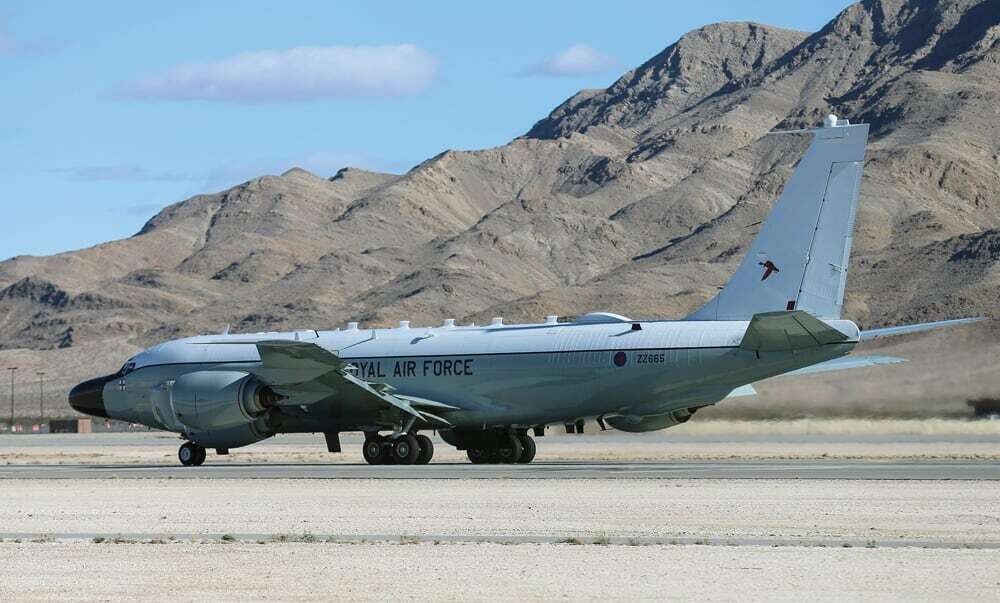
One of the main functions of the Boeing RC-135 V Rivet Joint aircraft is the geolocation of signals across the electromagnetic spectrum, allowing it to locate nearby aircraft. It is equipped with CFM-56 engines that present notable modifications compared to other aircraft that also use them, although not for military purposes.
In a recent news report, it was stated that a United States Air Force aircraft flew over the Gulf of California area, raising questions about its presence without authorization from the Secretary of National Defense. In response, President Claudia Sheinbaum clarified that the flight was conducted in international airspace, ruling out any relation to recent trade agreements.
Rosario Avilés, an aviation expert, pointed out that the intention to attract attention with the aircraft's flight became evident when it was noticed; however, the reasons behind this action are still unknown. The Boeing RC-135 V Rivet Joint is a reconnaissance aircraft specifically designed for the United States Army, equipped with sensors to absorb electronic emissions and capable of accommodating up to 30 people, requiring at least three pilots for its operation.
Since its manufacturing in 1962, Boeing RC-135 aircraft have undergone continuous upgrades to meet the military needs of the United States in various conflicts around the world. With its participation in events such as the Vietnam War and operations in different regions, the Rivet Joint model introduced in 2011 is notable for its innovations in communication systems and fuel efficiency.
The aircraft is capable of providing detailed information and real-time analysis of the areas it flies over, becoming a crucial tool for military reconnaissance. Although some versions are marketed to other armies, its primary function remains the gathering of strategic data in different conflict contexts.














